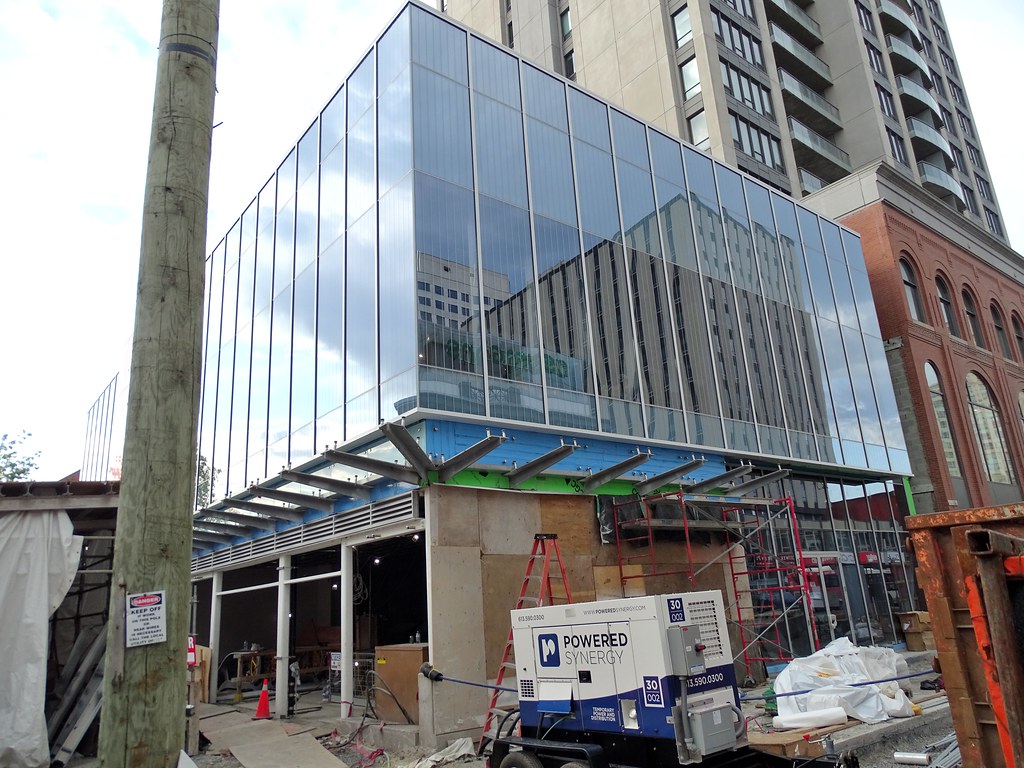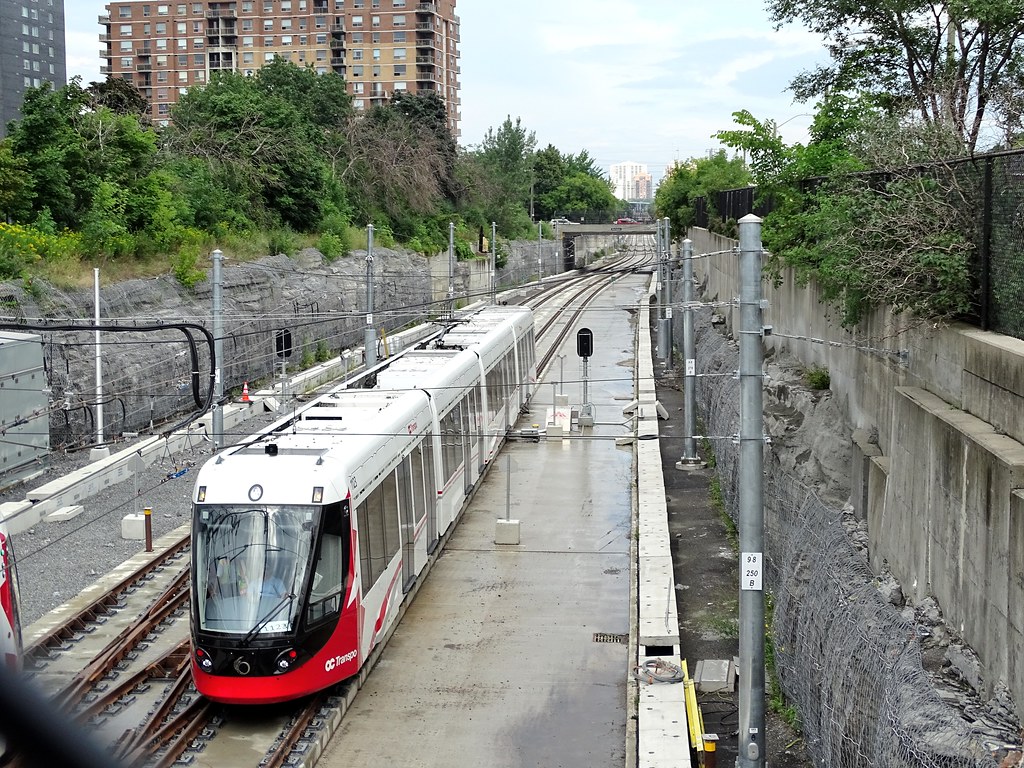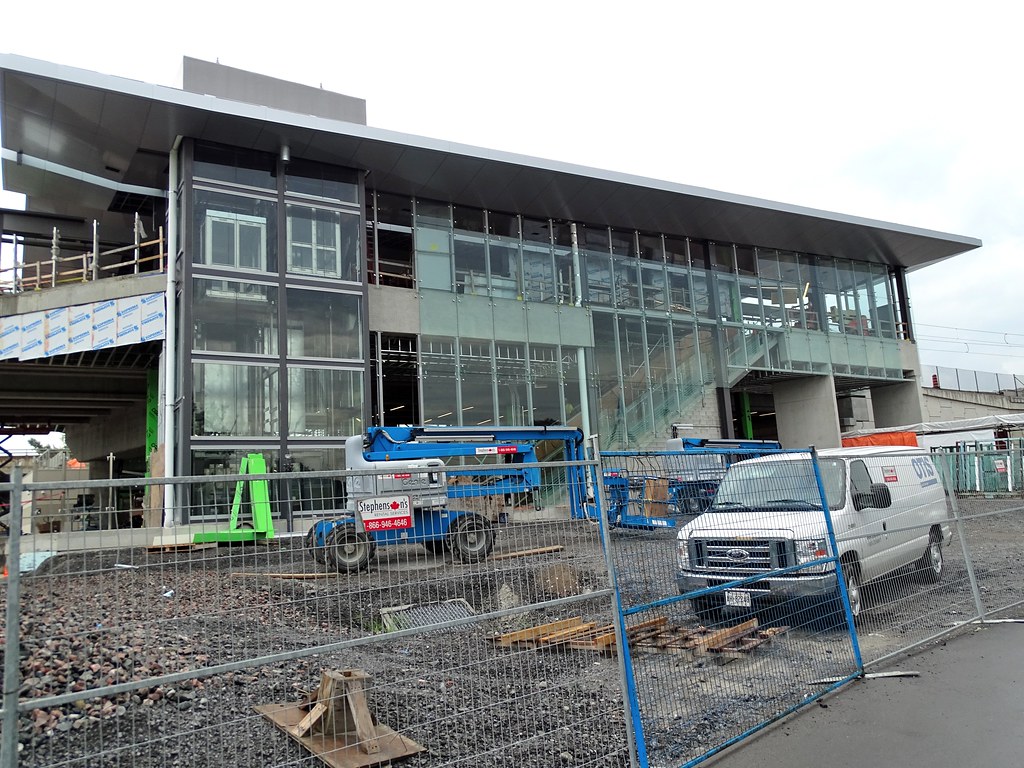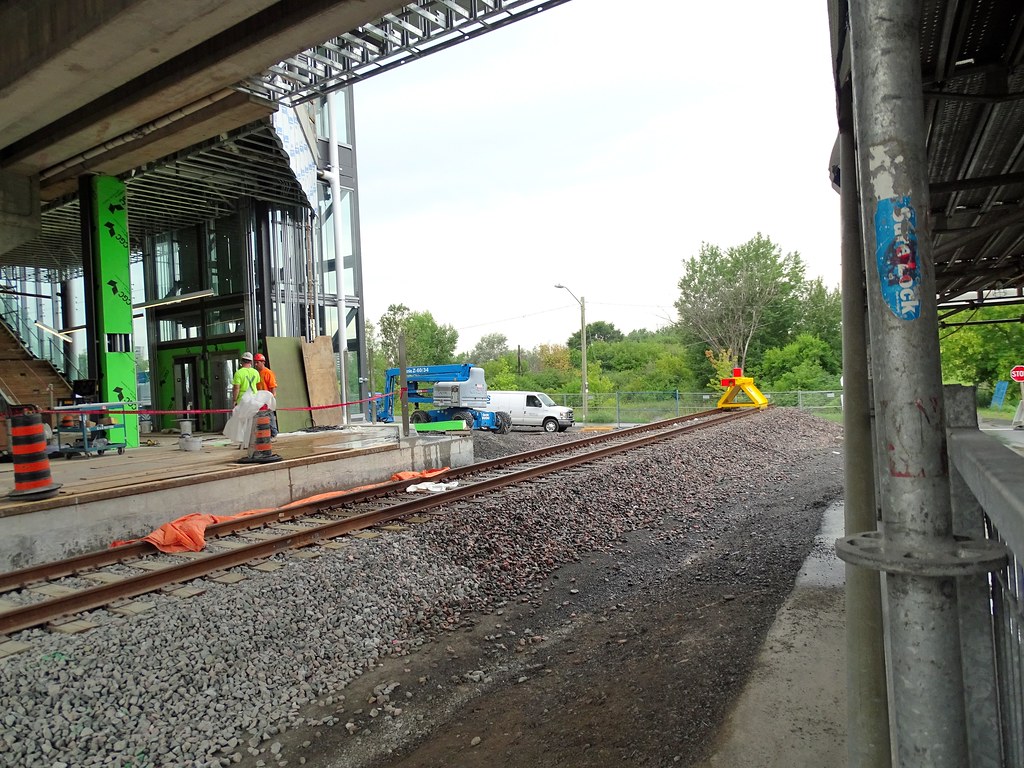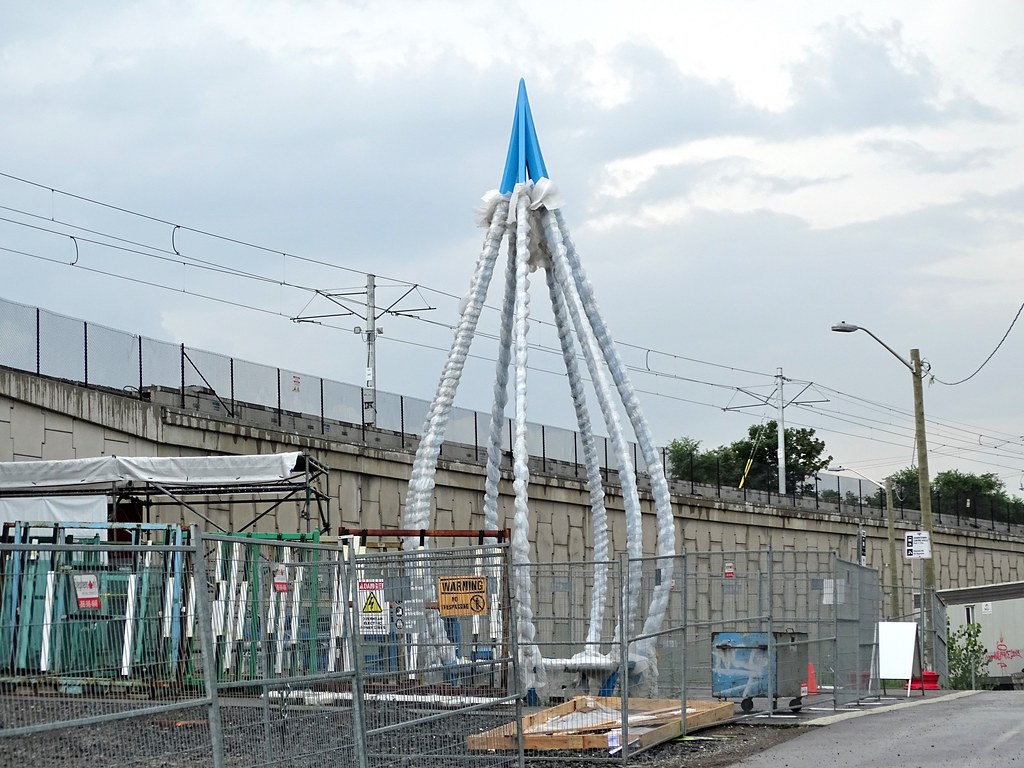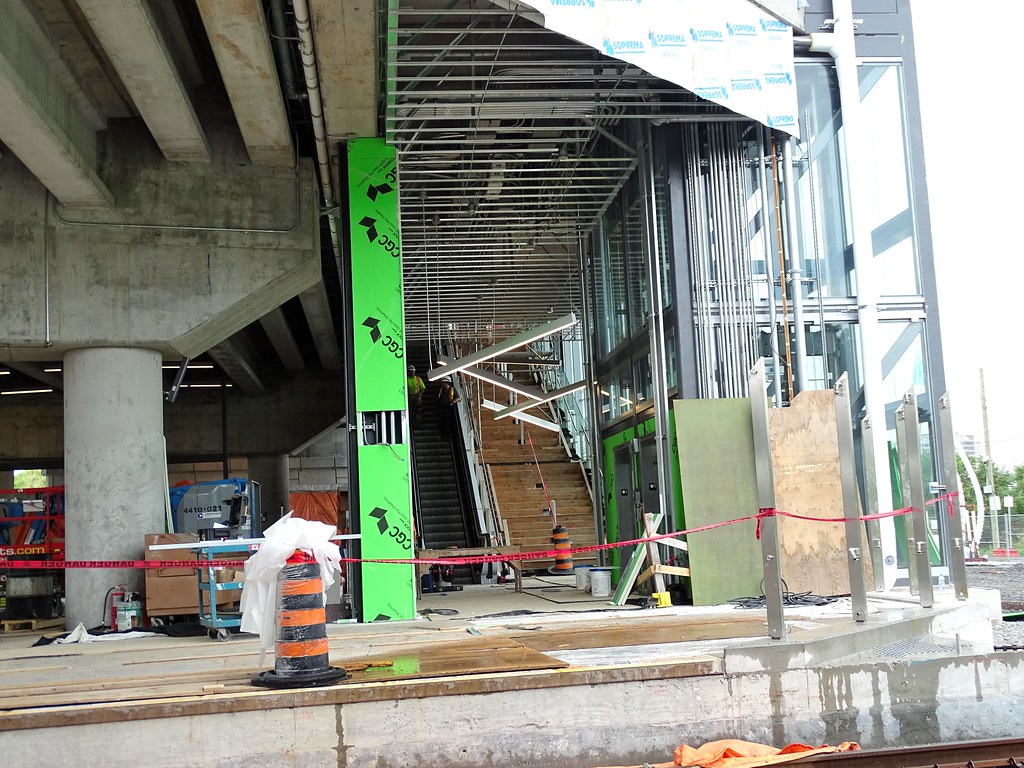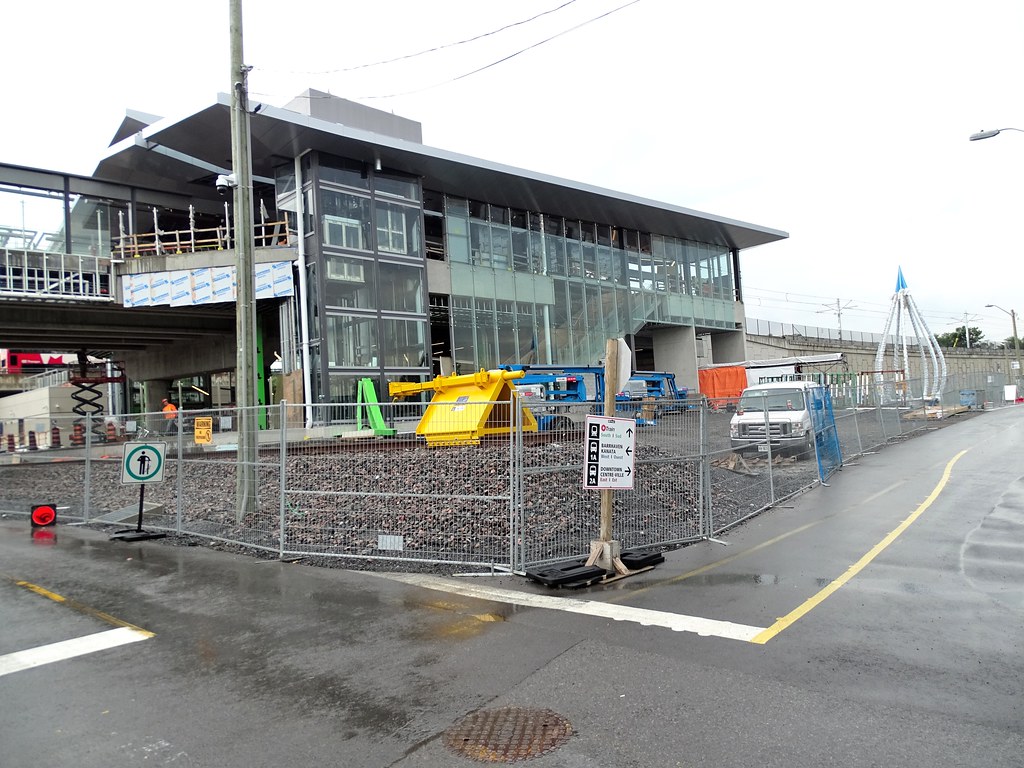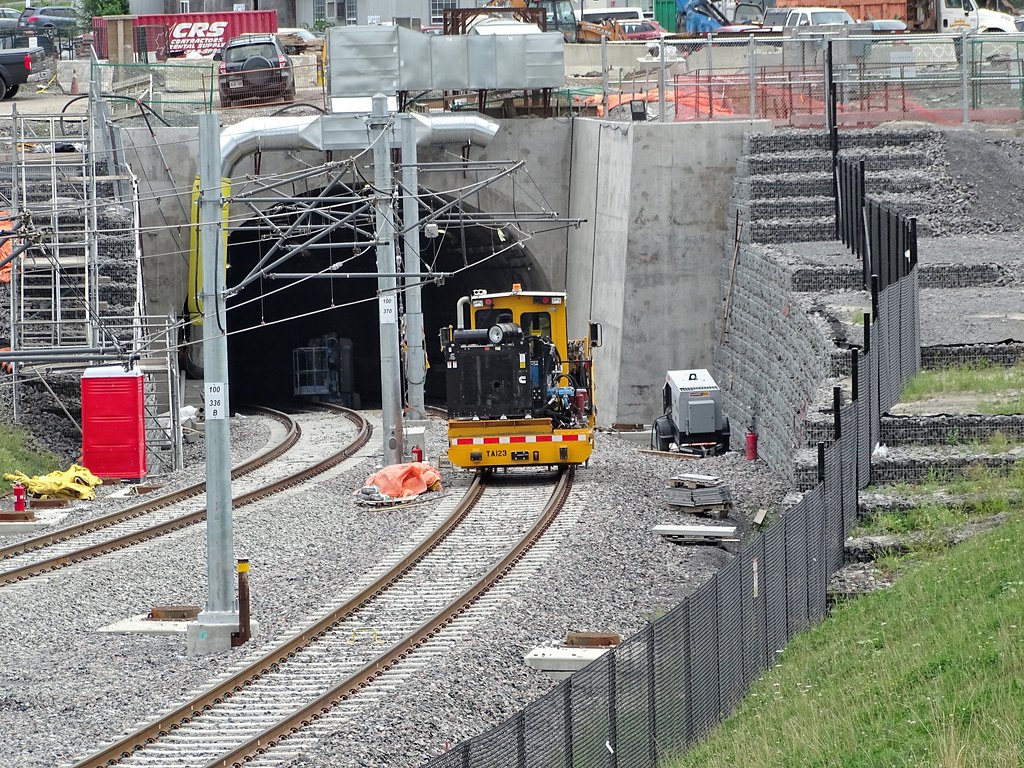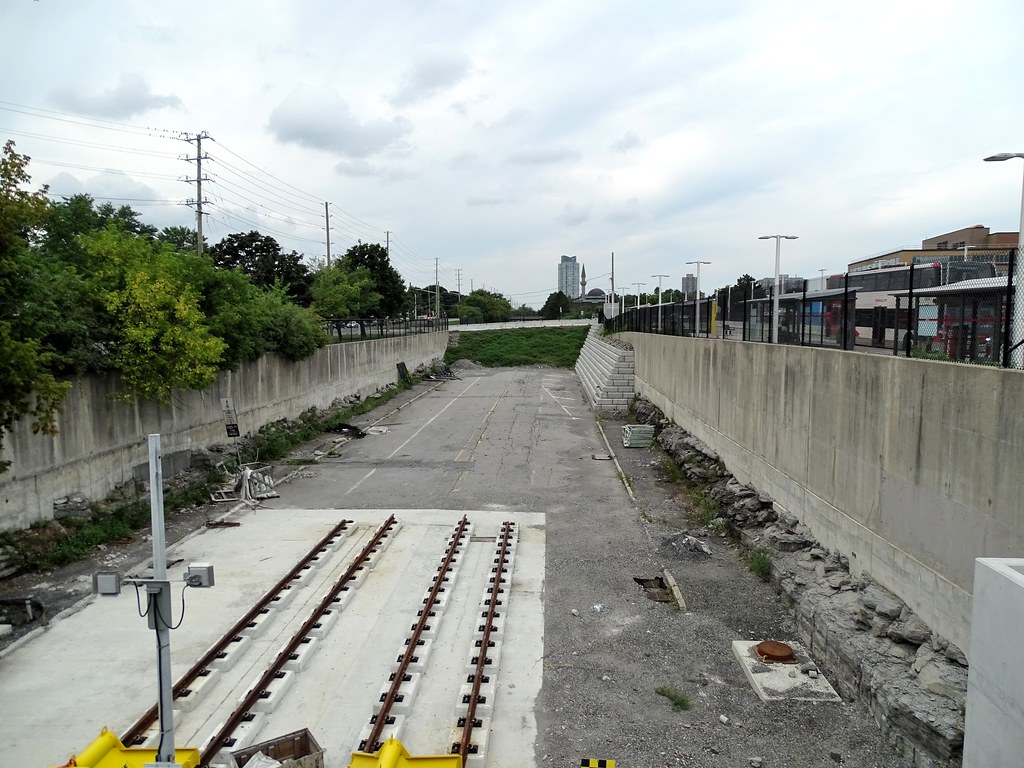mdrejhon
Senior Member
Pragmatically, kEiThZ has the more politically realistic 25-year masterplan here. (Bank St subway obviously being a ~2040ish thing when density warrants, including a mixed-use Billings Bridge multi-skyscraper complex development plan, as well as general slow eventual densifications along Bank).
It might not be the dream of a beautiful Bourdeaux-style LRT along the canal, but it is realistic in the longer term.

(Credit: Systra)
Once Ottawa gets addicted to LRTs -- and I expect they will after Phase 2 -- the pressures against densification along Bank Street will slowly dissolve if people realize we can get a Bank Street Subway in exchange for permitting major densification along the Bank St axis. It won't be a Bourdeux masterpiece, but it is far easier easier politically than a Rideau Canal LRT.
If I was a betting person, I'd first politically bet on a Bank Street subway over the drreamy/preferred Bordeaux-style Rideau Canal LRT by 2040s+
It might not be the dream of a beautiful Bourdeaux-style LRT along the canal, but it is realistic in the longer term.

(Credit: Systra)
Once Ottawa gets addicted to LRTs -- and I expect they will after Phase 2 -- the pressures against densification along Bank Street will slowly dissolve if people realize we can get a Bank Street Subway in exchange for permitting major densification along the Bank St axis. It won't be a Bourdeux masterpiece, but it is far easier easier politically than a Rideau Canal LRT.
If I was a betting person, I'd first politically bet on a Bank Street subway over the drreamy/preferred Bordeaux-style Rideau Canal LRT by 2040s+
Last edited:





